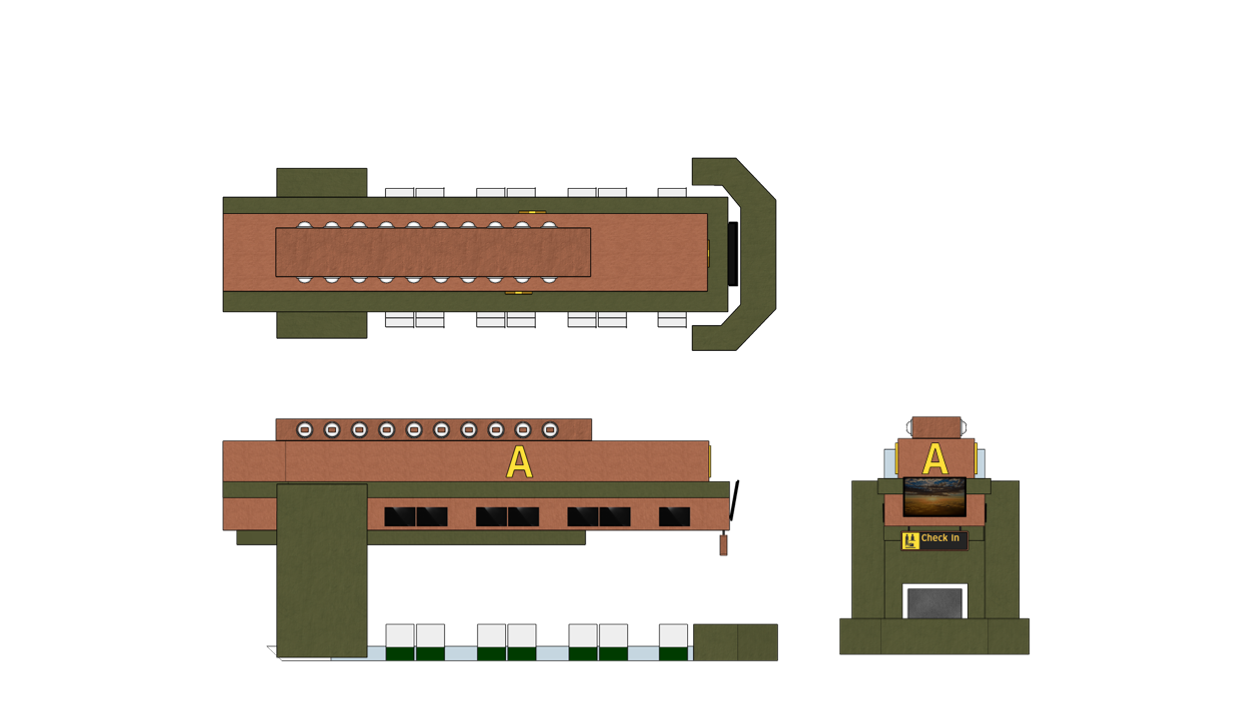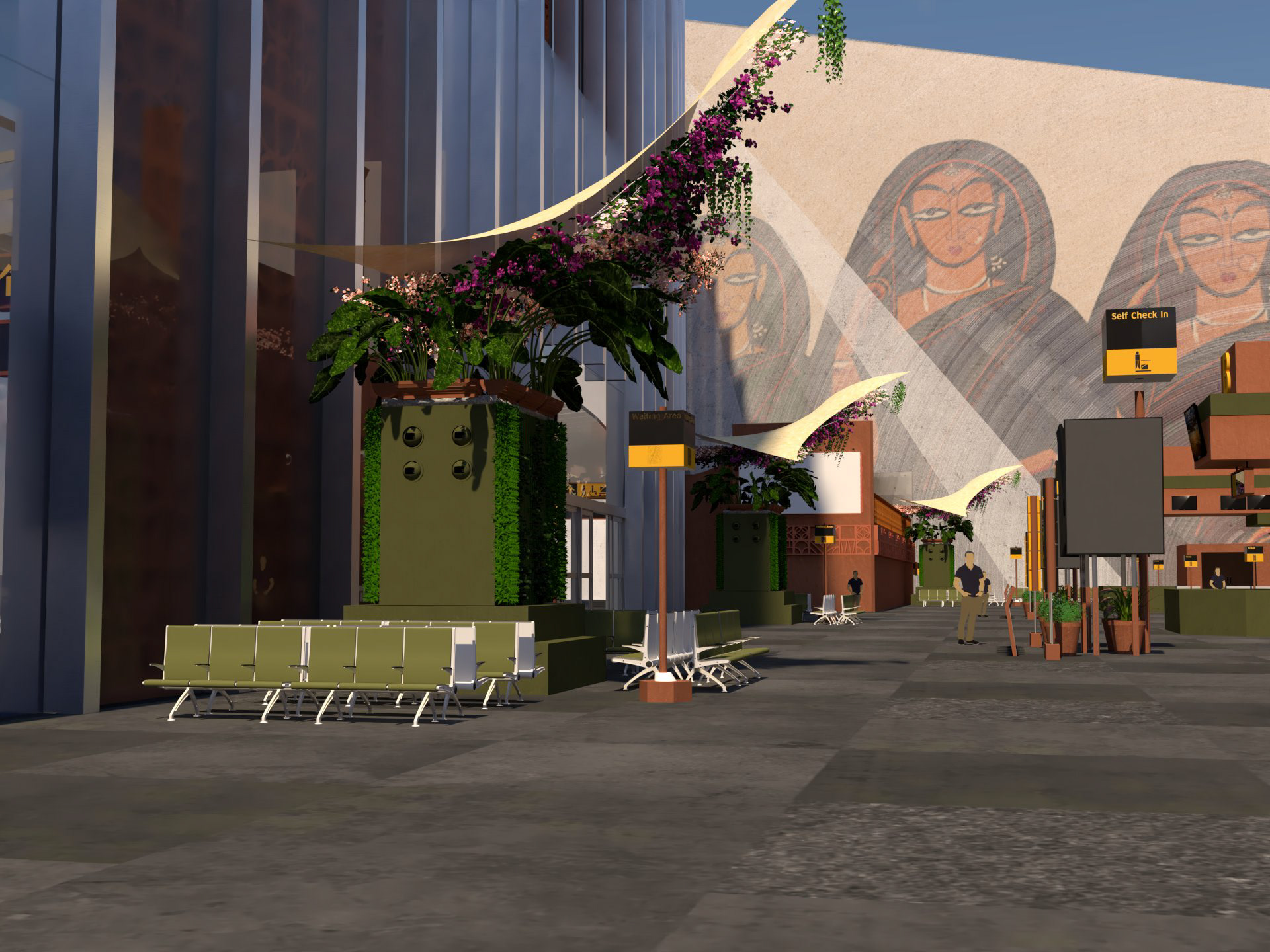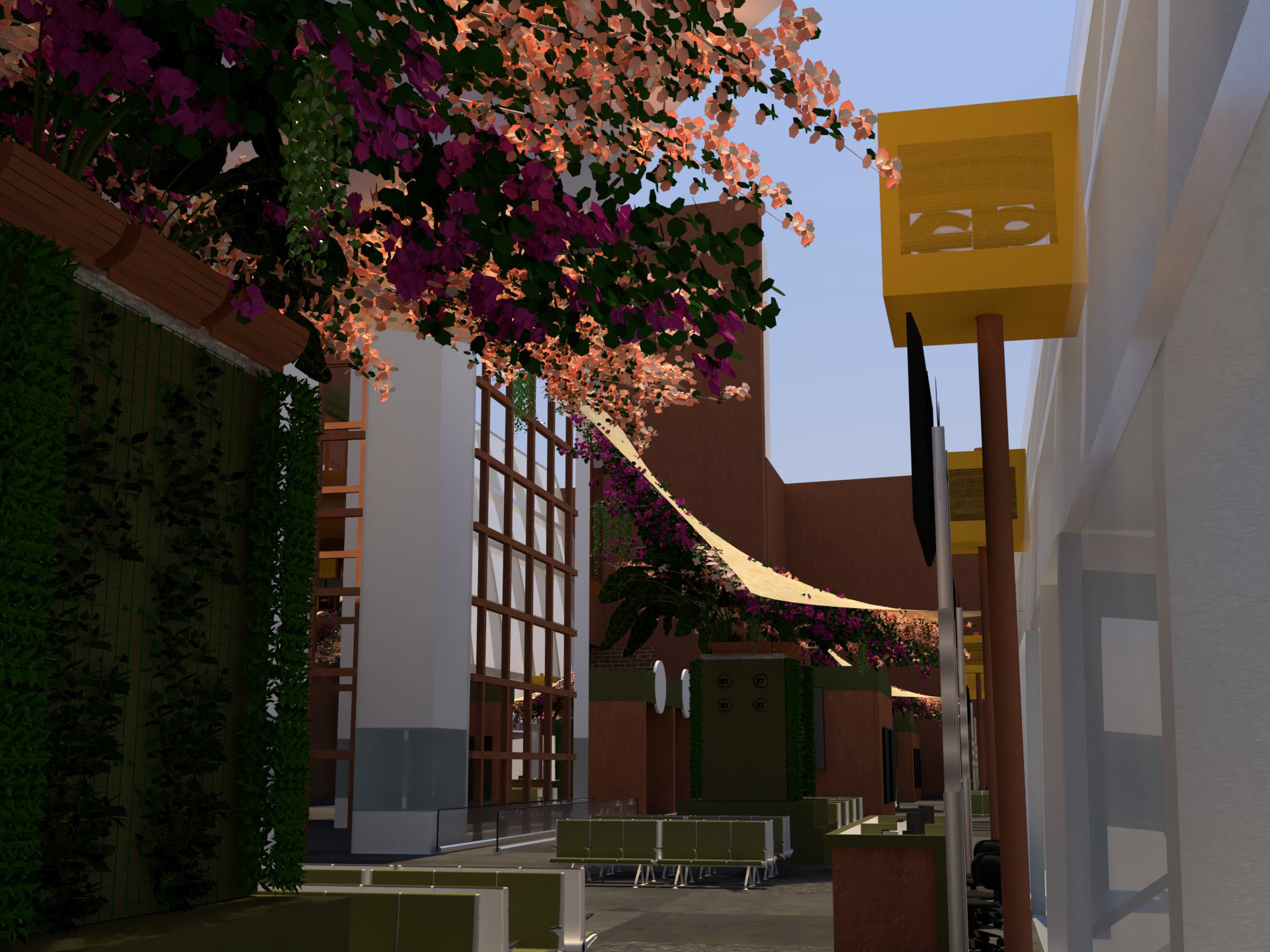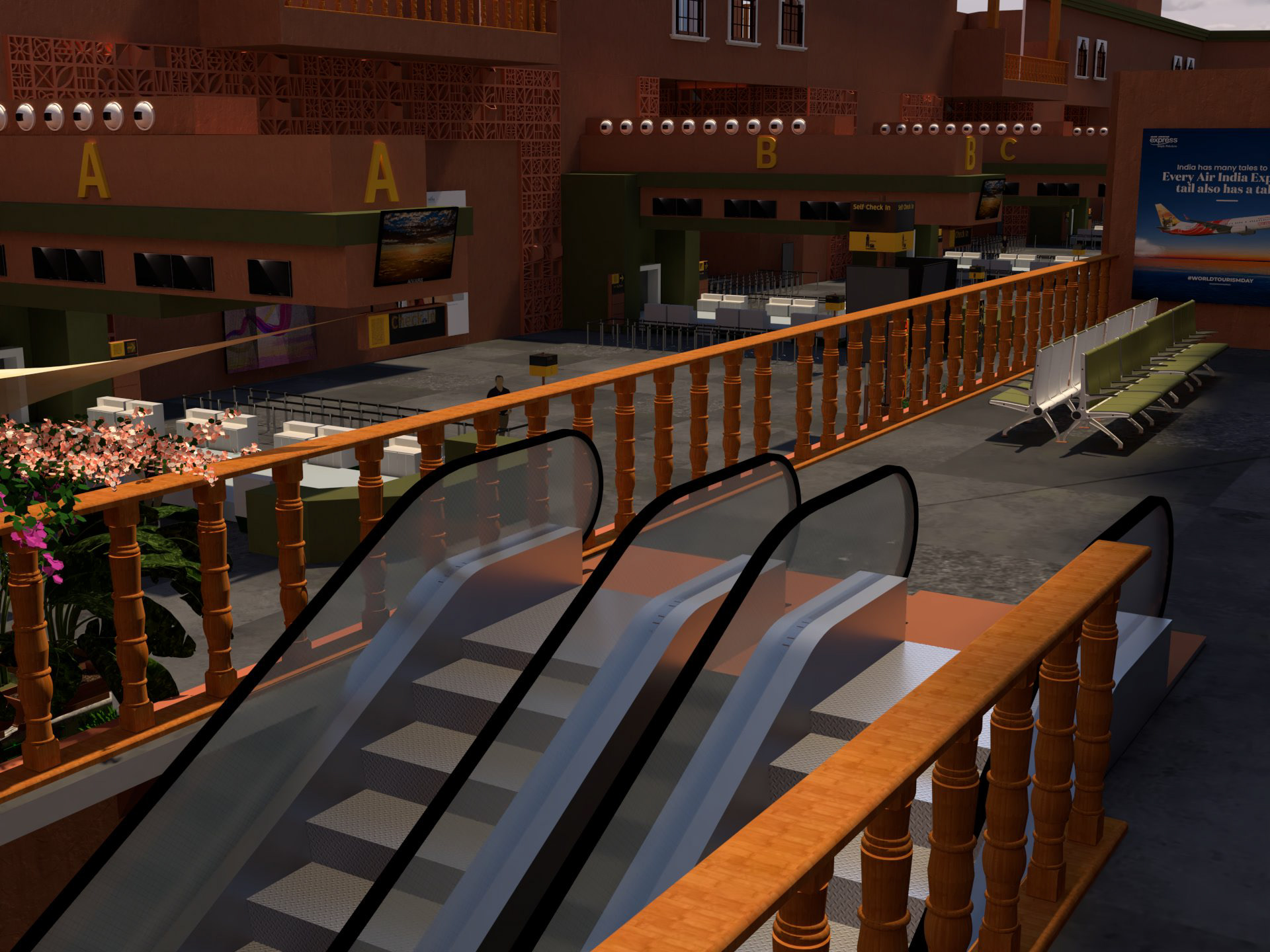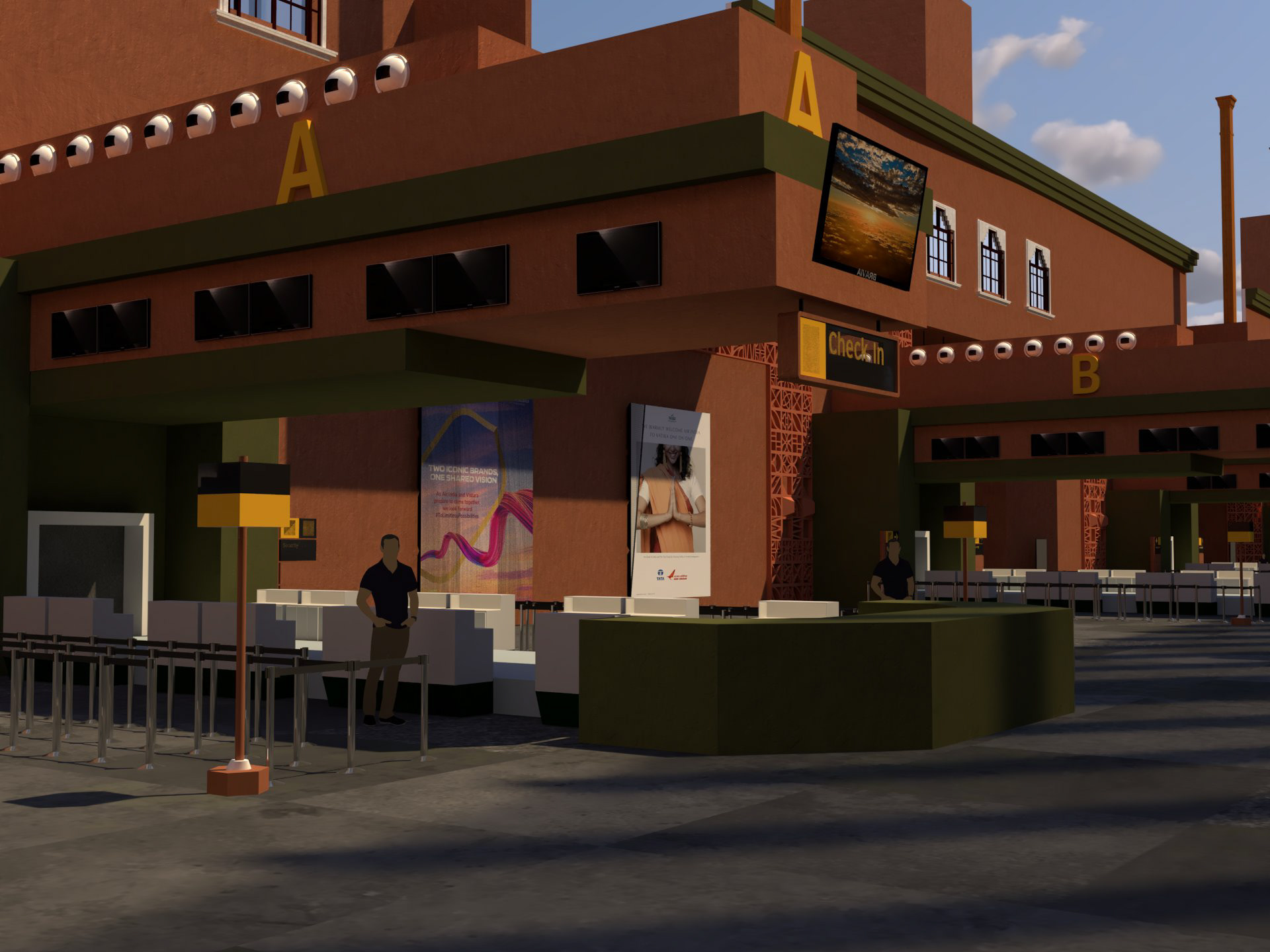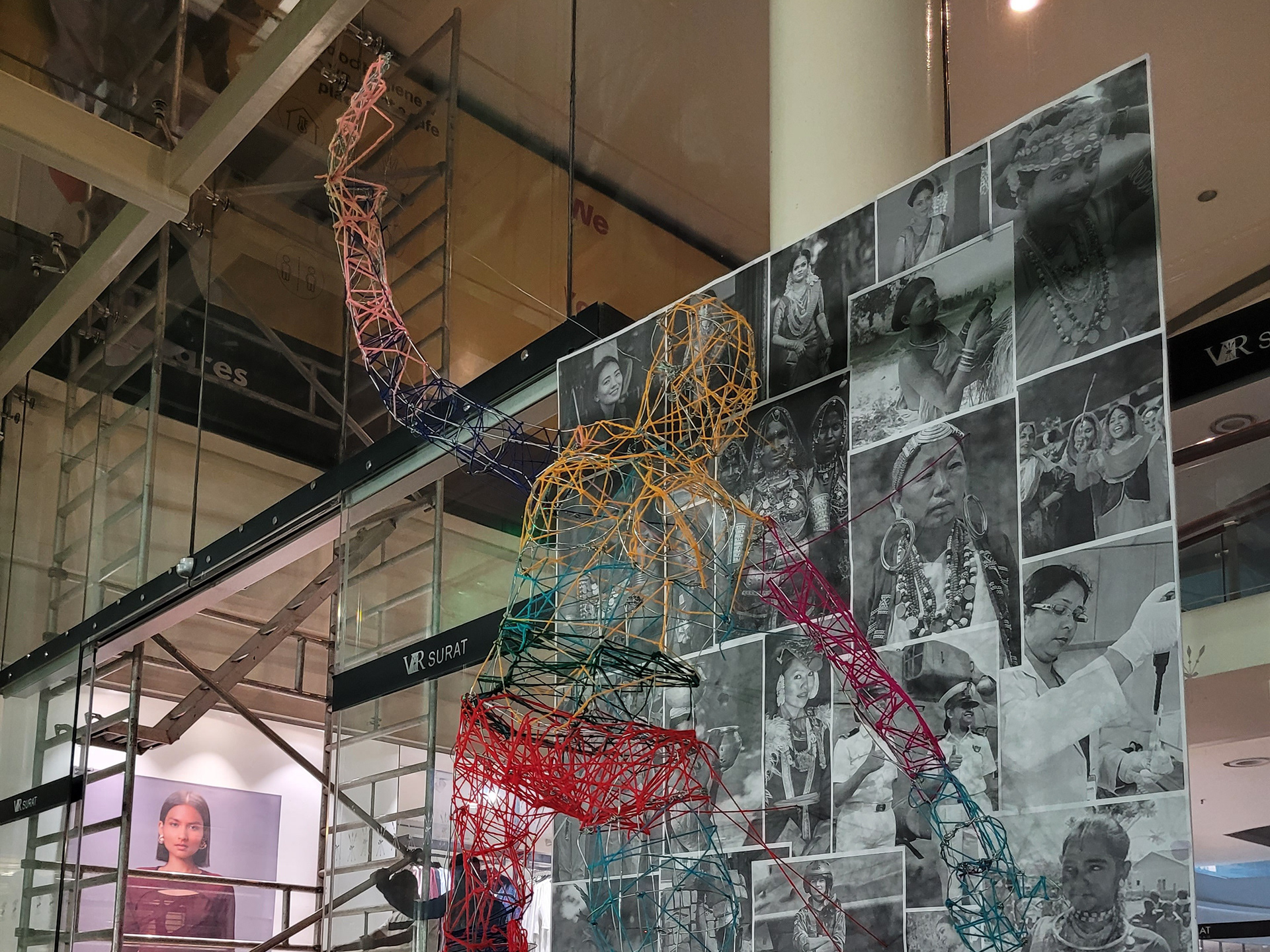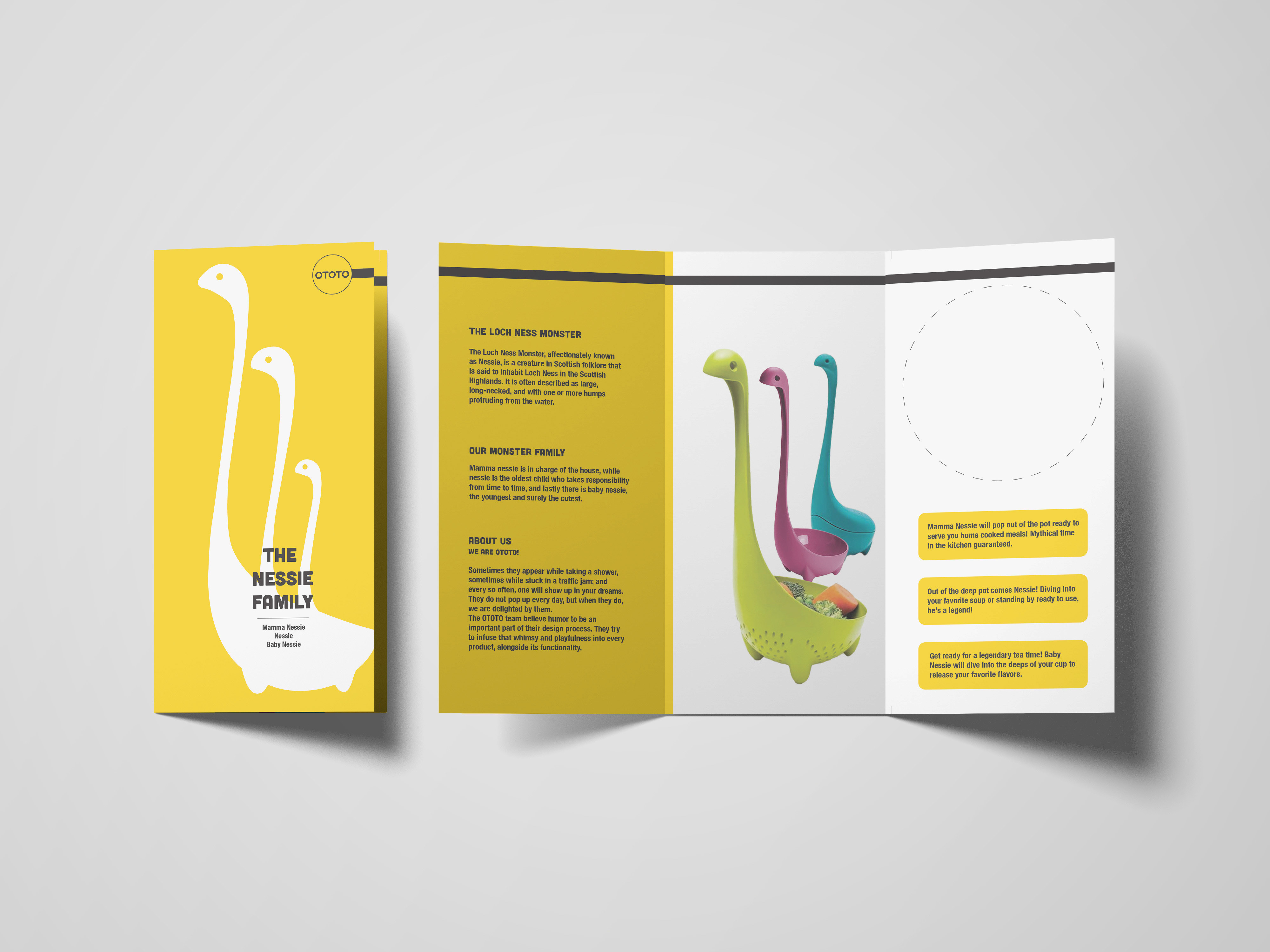The redesign narrative provides a vision for creating a space that not only respects Bengal's cultural and architectural heritage but also integrates it with the practical demands of a modern airport. Bengal’s architectural and cultural legacy is marked by its unique blend of classical and indigenous aesthetics. The mention of Shantiniketan (known for its open-air learning spaces and connection to nature) and Kolkata (famous for its colonial-era architecture and cultural richness) suggests a deliberate effort to evoke the essence of these iconic places.
What inspired me?

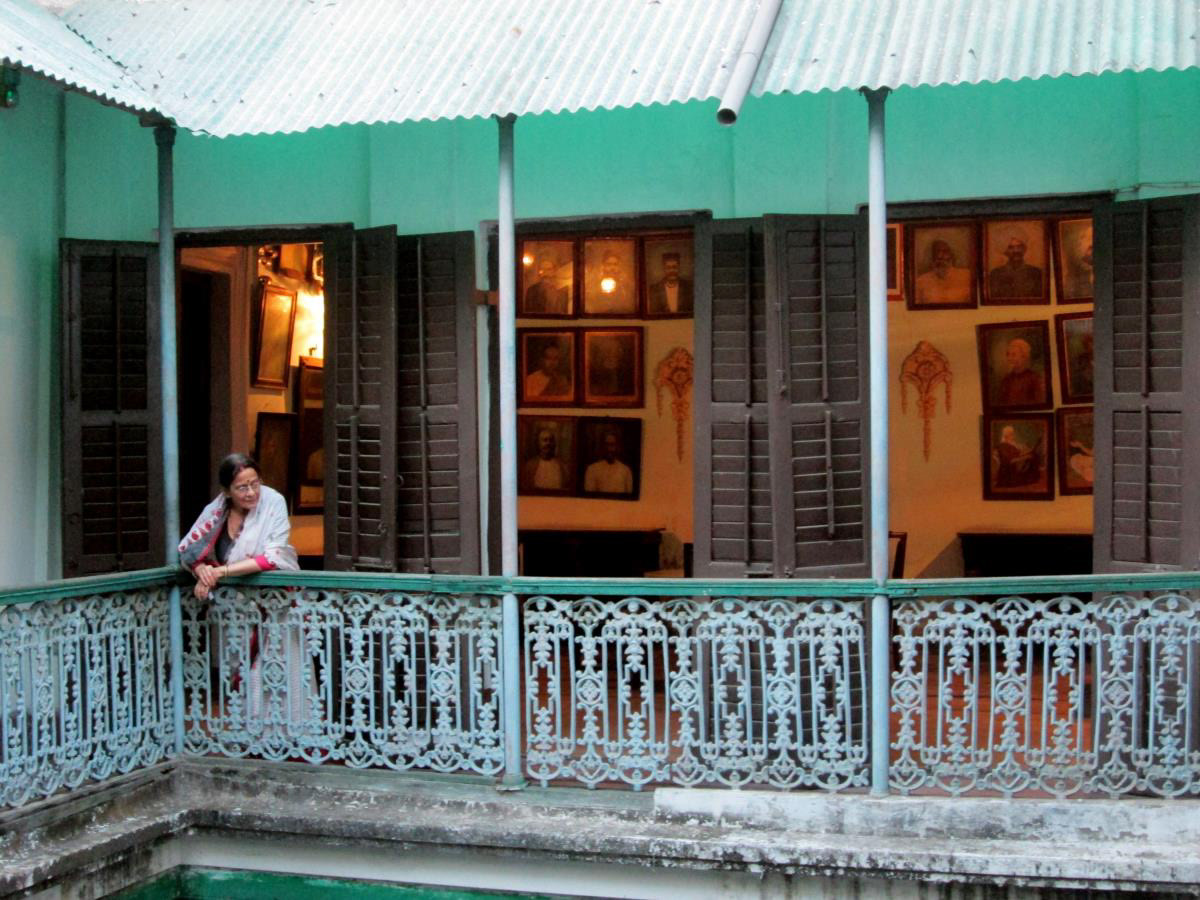

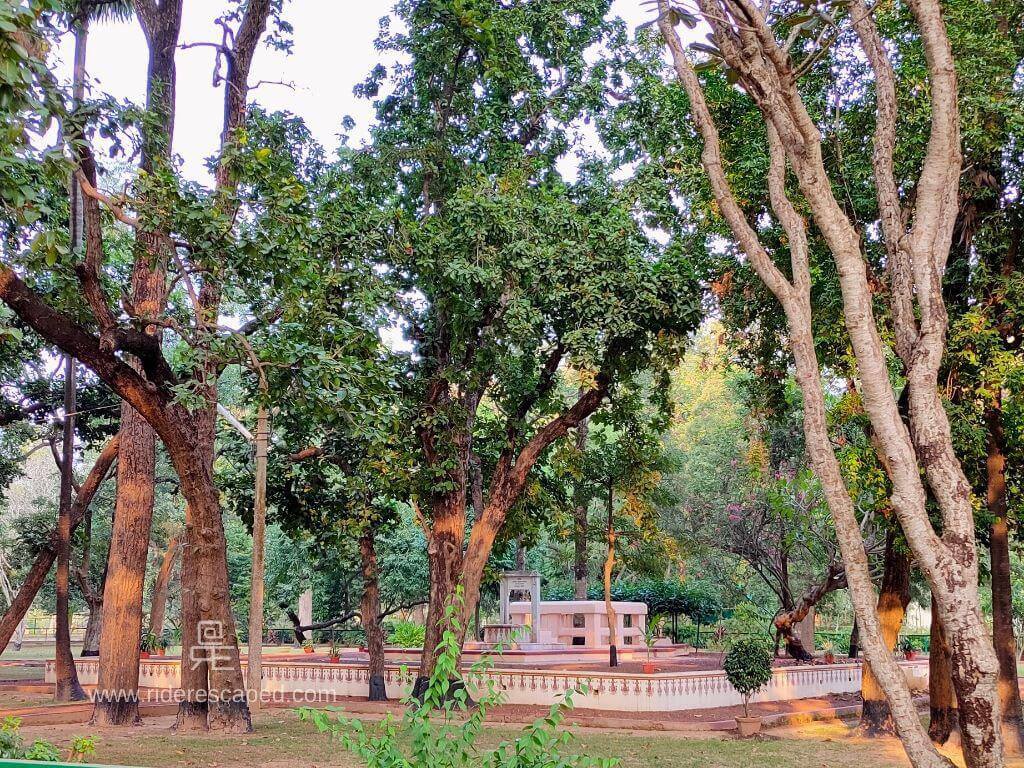

Why an airport?
A gateway to the world outside. A monument of representation for people coming from all over the world.
Here's a closer look at the Netaji Subhash Chandra Bose International Airport in Kolkata, India.
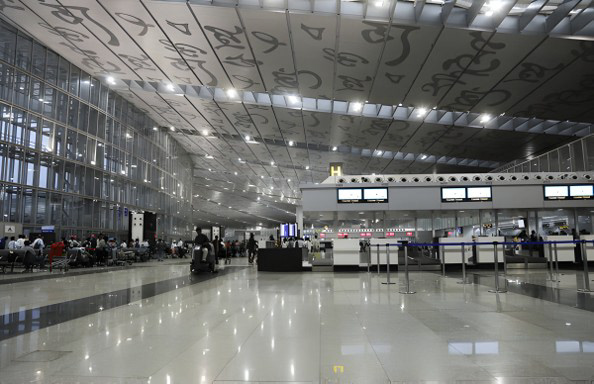
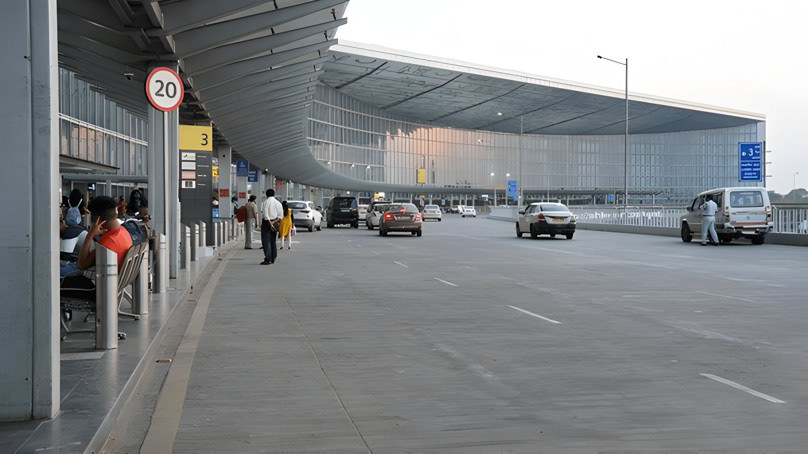
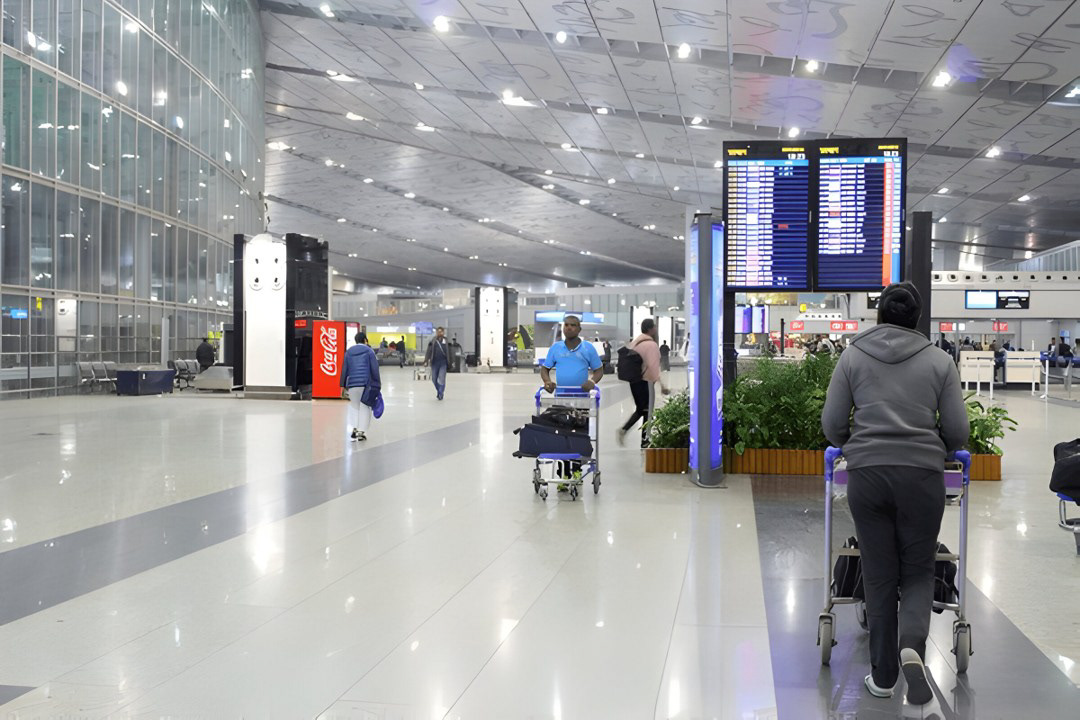
A new identity created with the help of a local material.
And a colour palette
Starting with the large exterior glass facade
The final idea was to represent human beings on the glass facade as a celebration of the diversity of the city.
The final execution took shape in the image shown below...
The idea is to use terracotta jalis installed on the glass in between the metal frames of the structures. The use of lightweight terracotta such as foam terracotta makes it possible to keep the weight of the structure in check.
Inspiration for the jalis
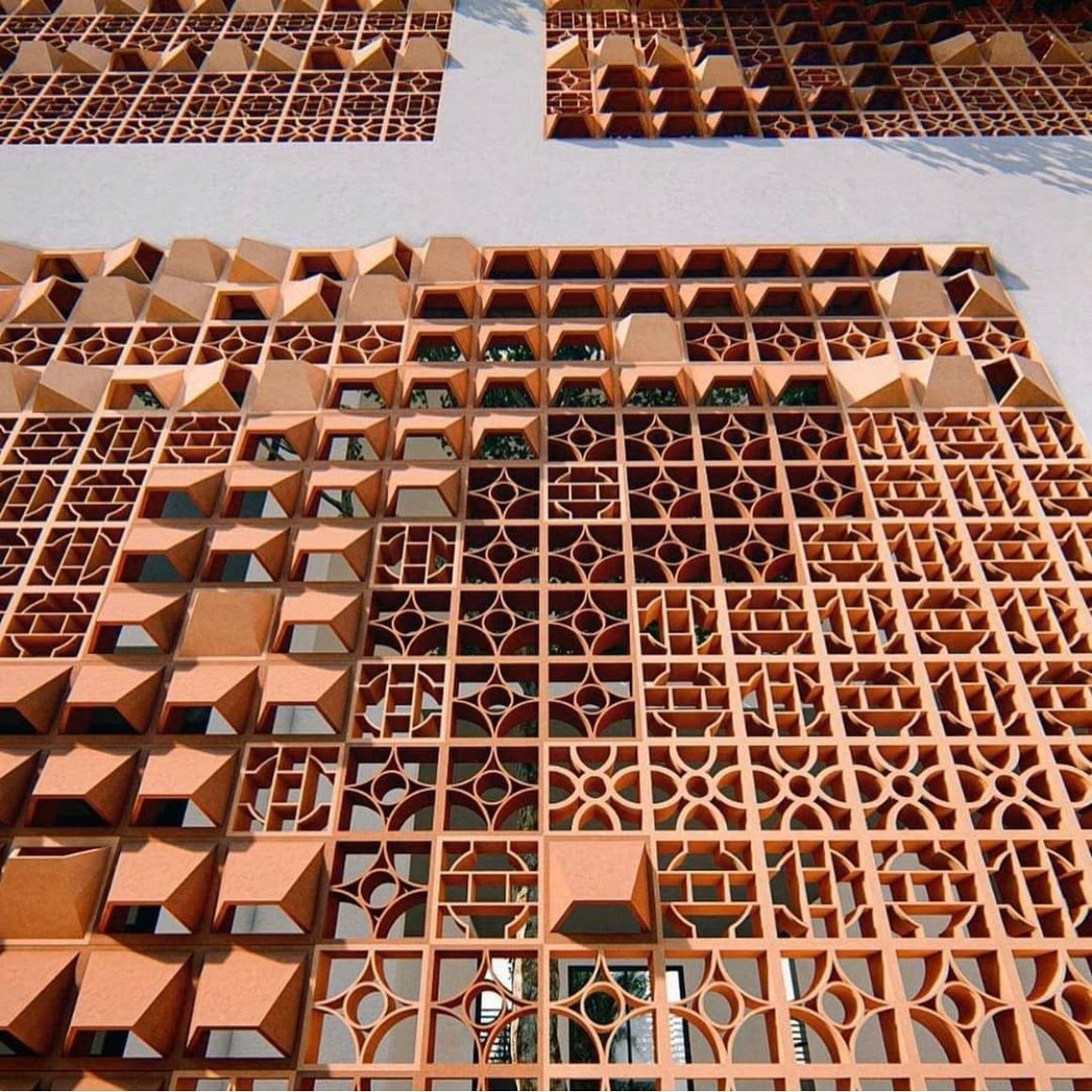


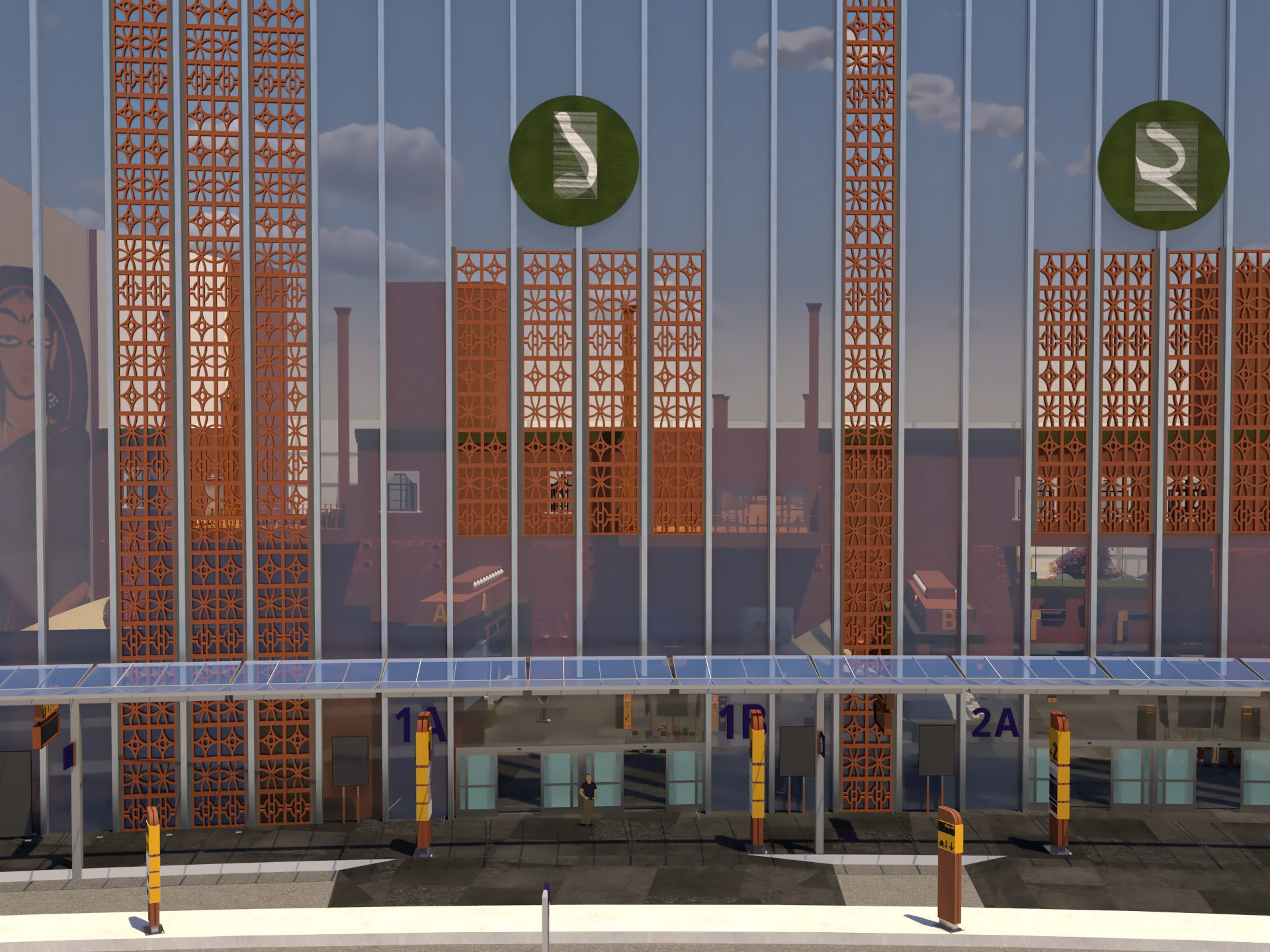
Looking at the interior, with walls lined with terracotta. Terracotta creates the main aesthetic of the airport, which reflects the identity of the region. Variations have been made in the structure of check-in counters and AC vents, which are present all across the premises. The AC units incorporate a biophilic design with the integration of large indoor plants, combined with vines and creepers. There is also a tensile structure on the top of each AC unit, lined with bougainvillaea to form a structure of trees inside the airport.
